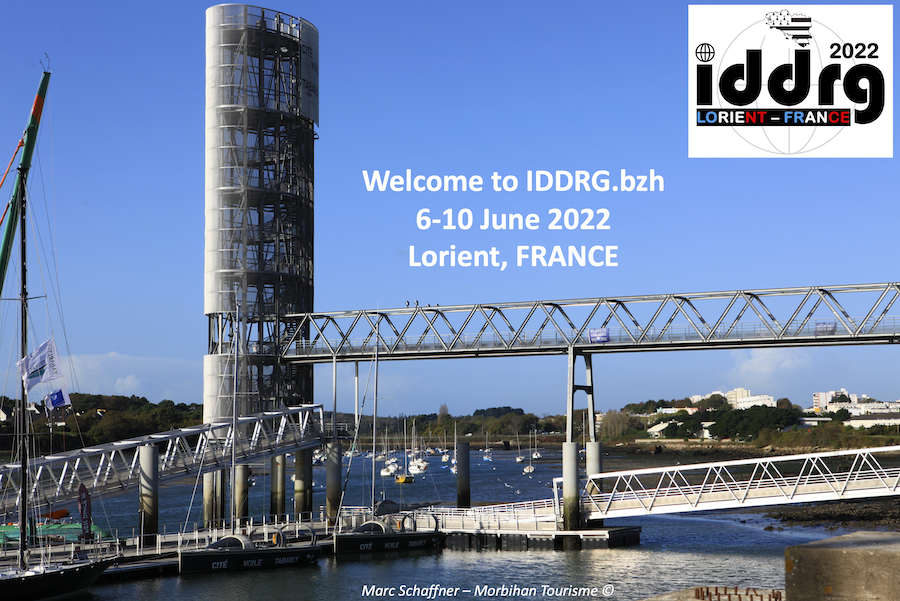|
|
|
IDDRG 2022 > Topics & mini-symposiumsThe main title of the conference is “Beyond the horizon for conventional and non-conventional sheet forming processes” that reflects the up-to-date interest of the international community for sheet metal forming. The main topics of IDDRG are listed below
Additionnally, three dedicated mini-symposiums (MS) are proposed, to focus on up-to-date methods and processes:
Coordinator: Prof. Dr.-Ing. Wolfram Volk (Technical University of Münich) Co-organisers: Dr. Christoph Hartmann, Florian Steinlehner The mini-symposium aims to adress the subject of shear cutting and blanking against the background of current topics like e-mobility and saving potentials in times of increasing material scarcity. The mini-symposium involves a review presentation and more specialised contributions including but not limited to topics like materials that are sensitive for blanking, cutting processes and their optimisation and advanced simulations.
Coordinators: Prof. Dr.-Ing. Mathias Liewald and Dr. sc. techn. Celalettin Karadogan (Stuttgart Universität) The mini-symposium on "AI in Sheet Metal Forming" aims to bring together the latest research from the IDDRG community on the application of machine learning as a utility in sheet metal forming. Machine learning models are increasingly becoming alternatives to physical models because they can capture complicated relationships between quantities once they are available in the form of measured or generated data related to sheet metal forming processes. Free availability, broad applicability and increasing user-friendliness of machine learning tools of today make them even more attractive for industry and research. The mini-symposium "AI in Sheet Metal Forming" tries to disclose the state of the art in creating and investigating such relationships between gathered and/or generated data. Saving the effort of programming the ground-truth of a physical phenomenon by no means eliminates that effort, because the ground truth must now be made available in the data provided for machine learning. Therefore, data-related aspects such as dispersion and bias should always be kept in mind. On the other hand, the chosen machine learning model should be able to represent smoothness or non-smoothness in the modelled relationship in its natural form. Finding the right machine learning architecture for this purpose is still a trial-and-error process. Once a machine learning model has been trained, it can be used to generate structured data or to answer targeted questions. In this sense, machine learning models, which are mainly considered black-box models, can ironically be used to illuminate the captured ground-truth, which may be difficult to extract from the unstructured data even by a trained eye.
Non-conventional testing methods for appropriate material characterization Coordinators: Dr Lionel Léotoing (INSA Rennes) and Prof. Hervé Laurent (Université Bretagne Sud) The aim of this mini-symposium is to bring together specialists from academia and industry involved in the development of novel multiaxial tests or new experimental conditions to determine appropriate material models for performing accurate sheet metal forming process simulations. All contributions based on new experimental methods as biaxial plane tests, expansion tests, shear tests, ... including for example strain rate, temperature and/or electromagnetic effects, leading to a better understanding of the relationship between material properties, mechanical, electrical and thermal loading, and other environmental constraints on the formability of metallic materials are encouraged.
|


